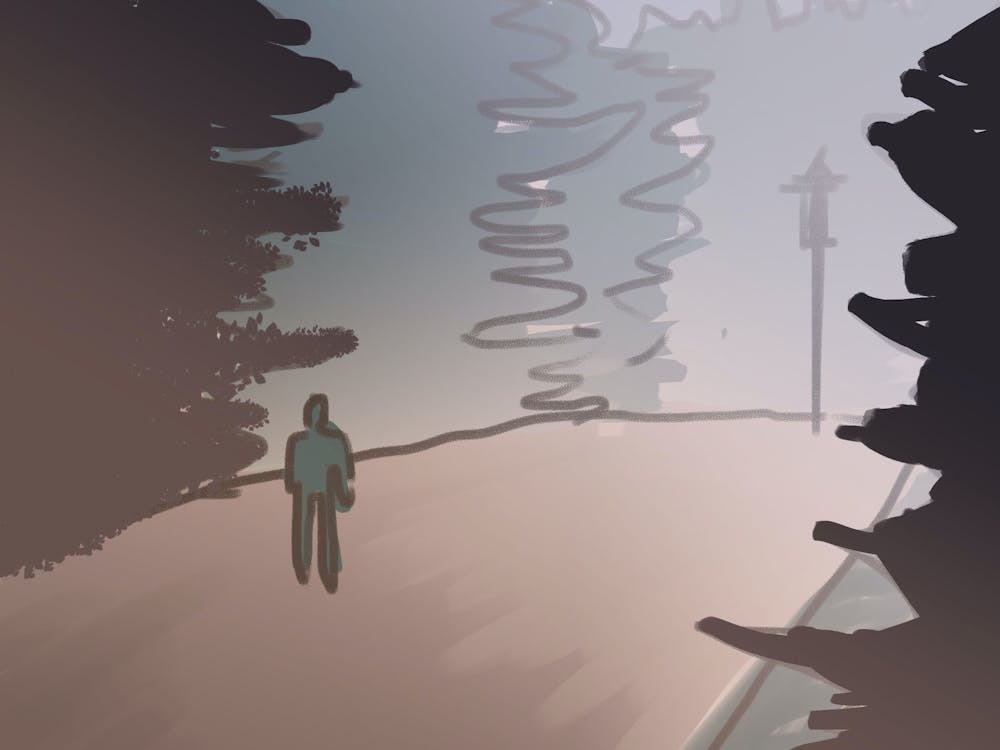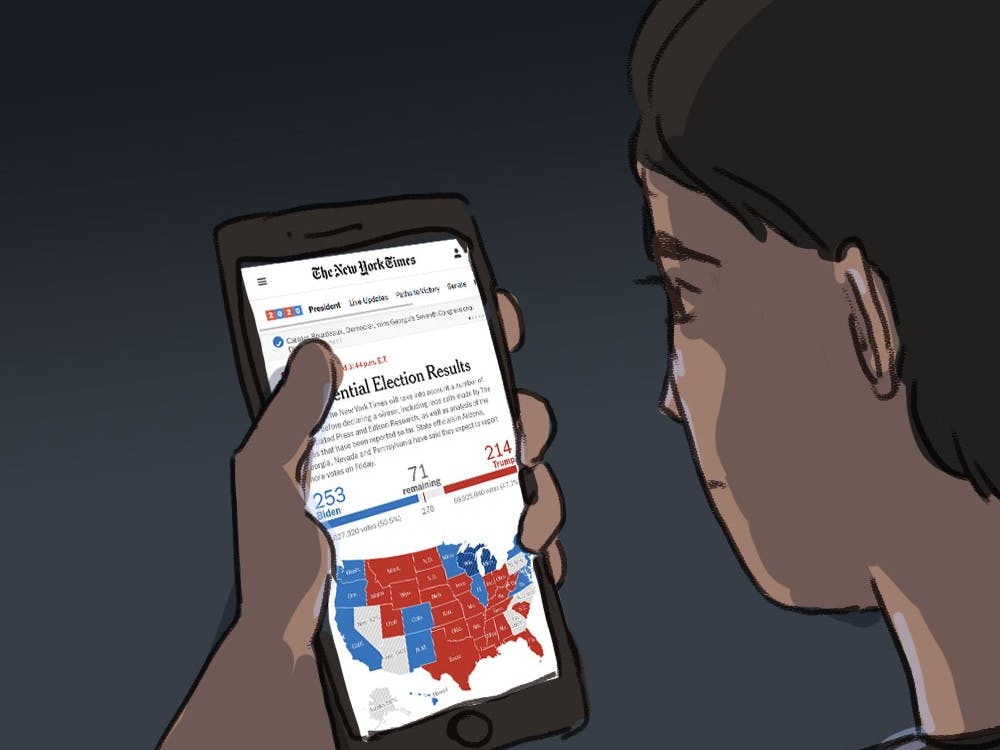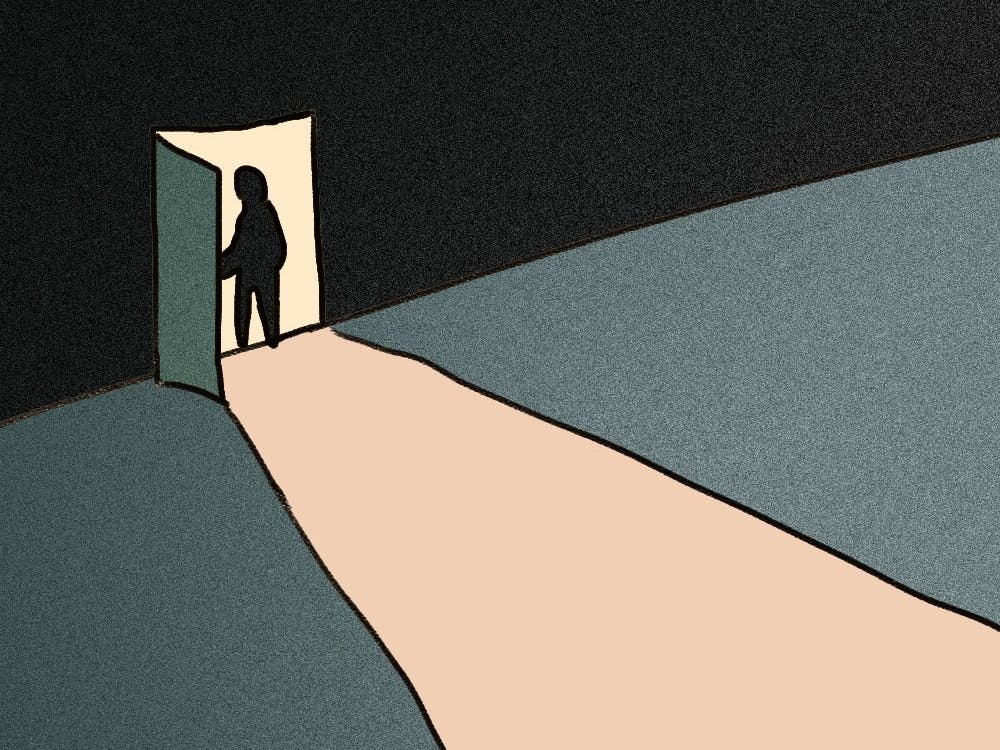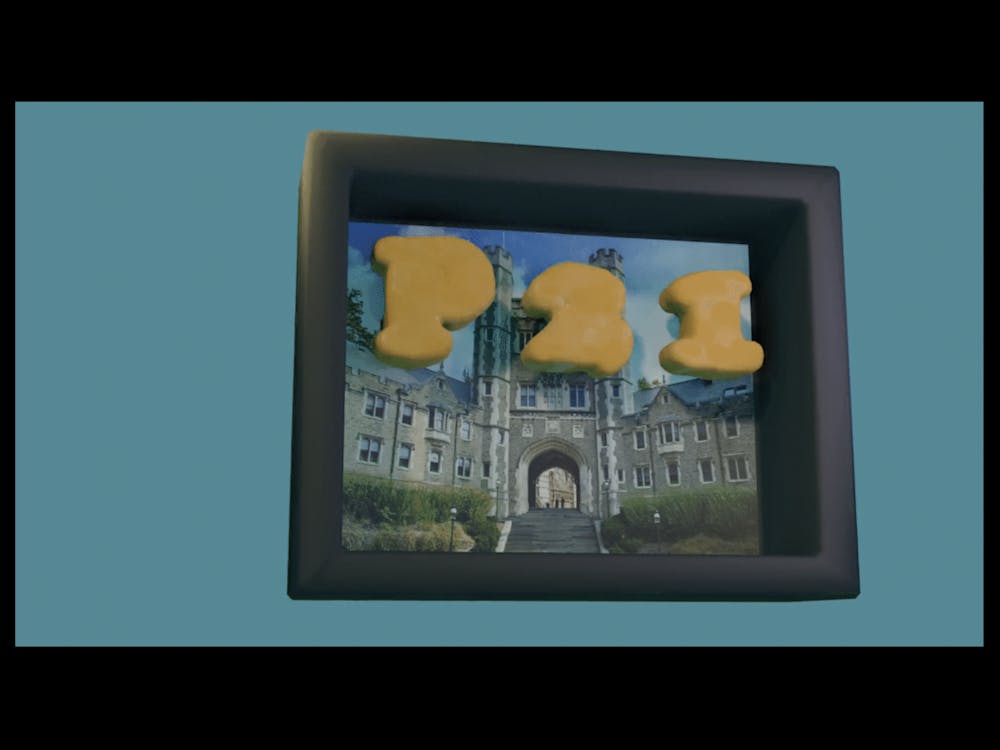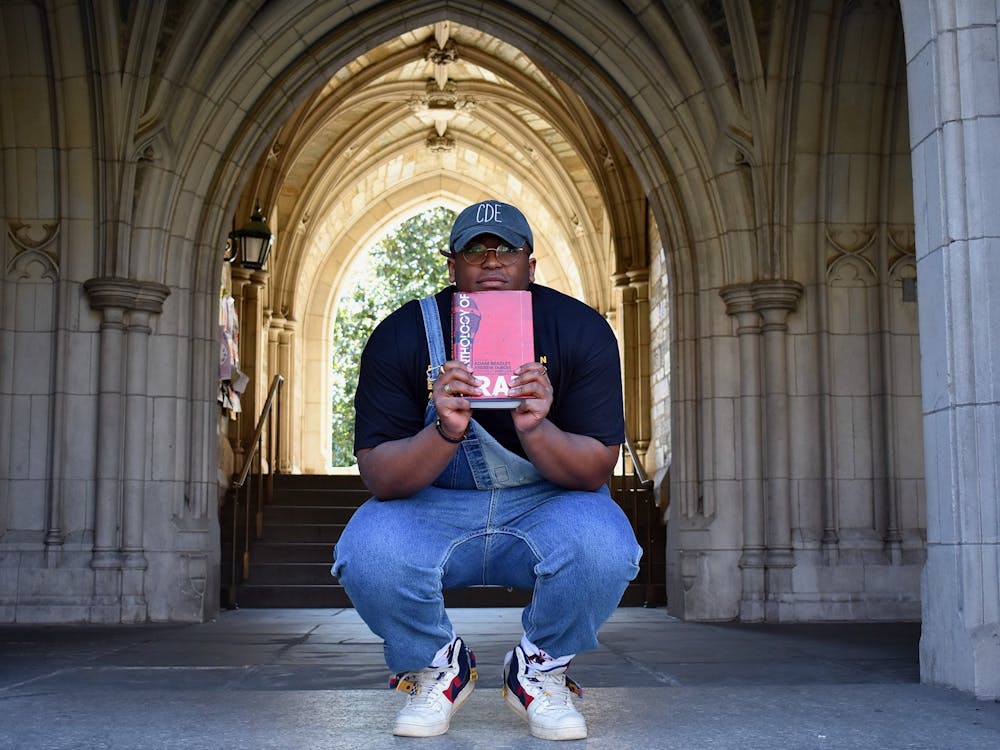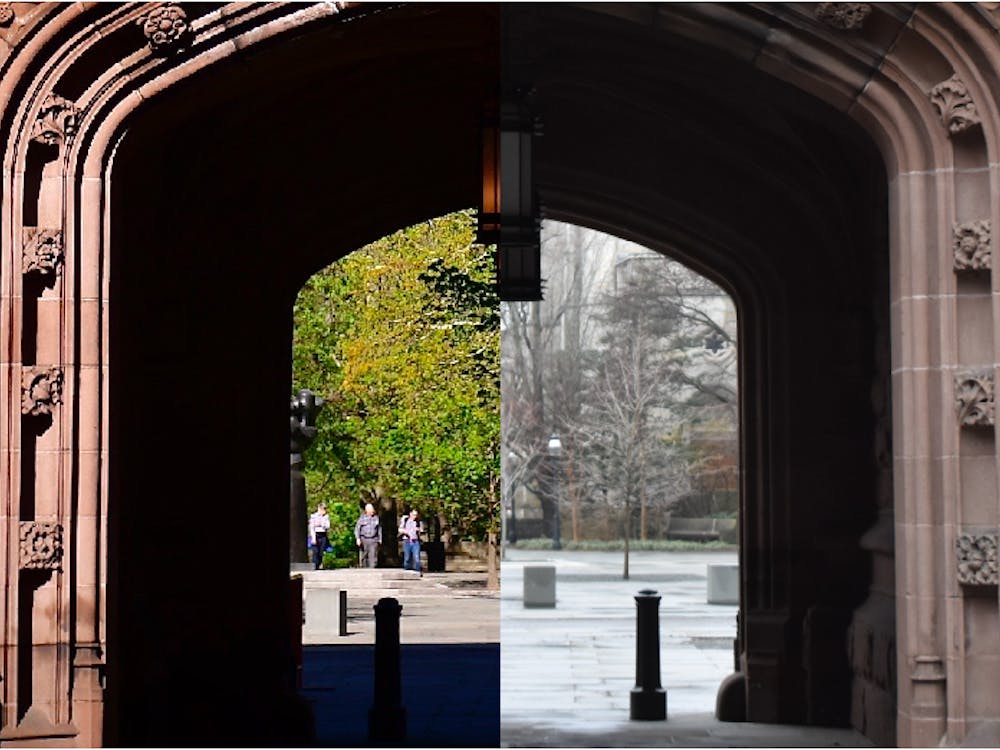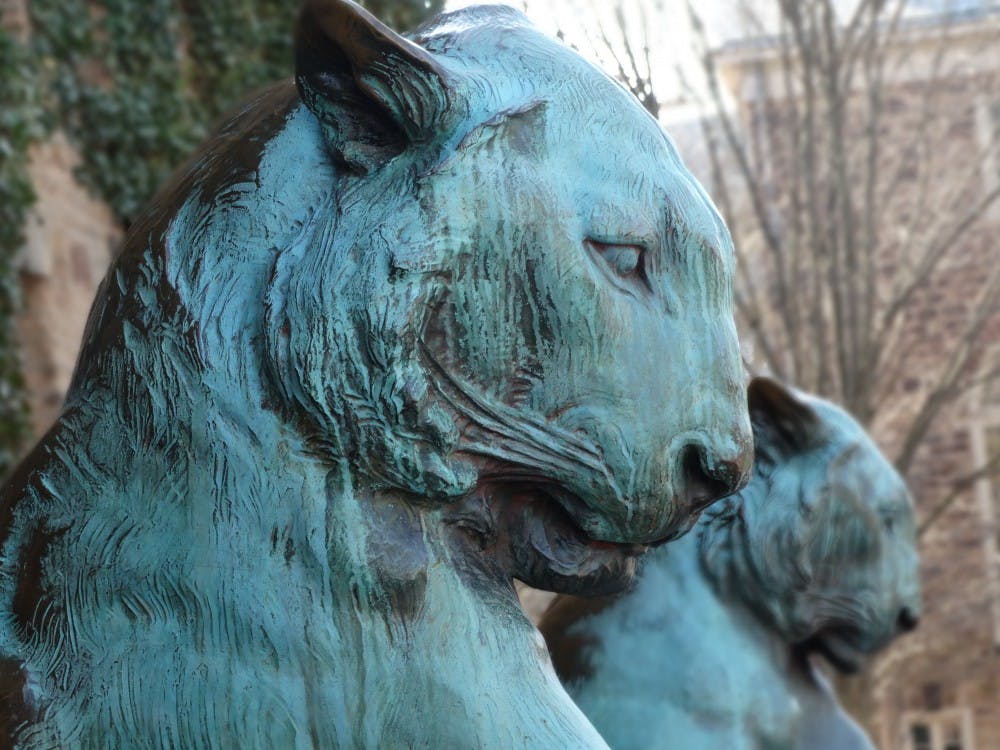The Fog: A Visual Essay
Wendy HoI’m going to find a way not only to survive, but also thrive. Because existence and life doesn’t have to feel like one endless slog up a mountain. And because I know I have the creativity and love and people around me to get there.





